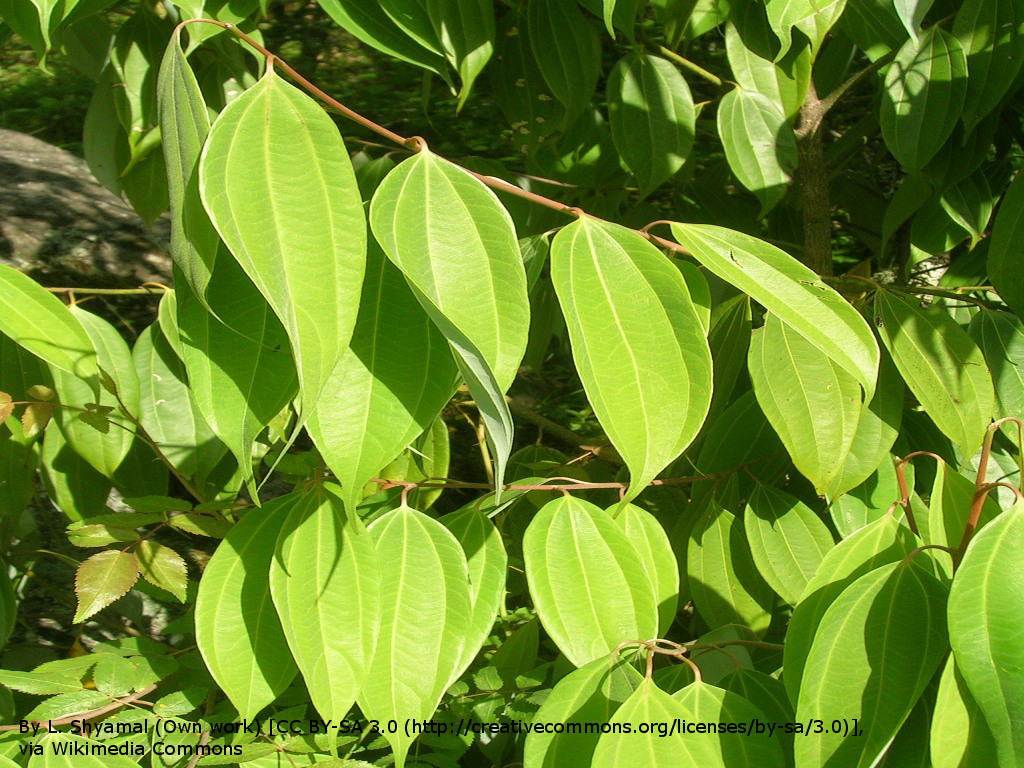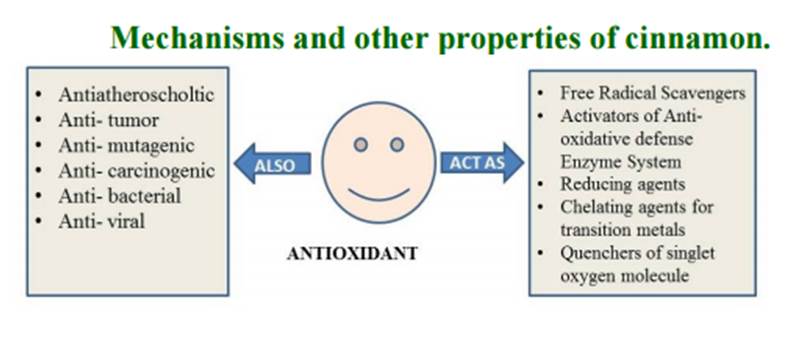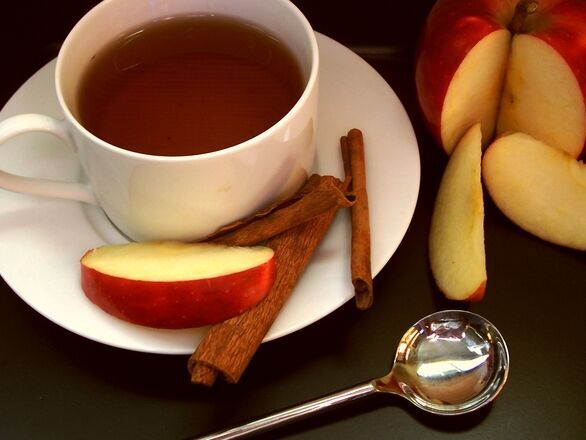By Macarena Cárdenas
Think of the smell and taste of Christmas and Cinnamon may come to your mind, the sweet essence of mulled wine, or in the warmth of the apple and cinnamon pudding. But perhaps something you never thought is that cinnamon may help to keep the doctor away.

The very representative flavour of warm and sweet Christmas comes from the tropics. Yes, “True Cinnamon” is native to Sri Lanka, formerly known as Ceylon, and the south-eastern coast of India. True cinnamon most used species as spice is Cinnamomum verum, a robust evergreen tree that grow up to 20 – 30 feet tall, with inconspicuous whitish flowers that evolve to blue berries. In order to protect themselves from predators young leaves assume reddish colour that later become greener and darker.

Long used because its seductive sweet and spicy taste and smell, cinnamon may help to do more than a wonderful meal or drink. In fact, cinnamon has been suggested as an alternative therapy for conditions such us oxidative stress, insulin resistance, glucose transport, inflammation, cancer, and Alzheimer’s disease (Sharma et al, 2015, Visweswara et al, 2014). Cinnamon bark contains essential oils, resinous compounds, cinnamate, cinnamic acid and cinnamaldehyde, which are some of the powerful compounds that give cinnamon its unique characteristics.
Thanks to its properties, cinnamon may be a fantastic additive in your beauty treatment and disease fighter. Cinnamaldehyde present in cinnamon absorbs oxygen as it ages which make cinnamon pungent in taste and responsible for its scent (Sharma et al 2015). This helps to prevent the damage from free radicals and therefore of damaging your cells. Maybe this is the trick to save some money on those votox injections!

Just what we need after those abundant Christmas meals. Cinnamon is a warming aromatic tonic that stimulates the digestive system and can help reduce cholesterol and blood sugar levels, helping therefore to diabetes sufferers. Only two teaspoons of the spice have shown to help people without medication. It achieves this effect by delaying emptying of the stomach content after a meal, preventing blood sugar peaks.
What about getting some help with your brain? Cinnamon can have a beneficial effect on cognitive function. It was shown that people who used Cinnamon prior to test situations performed better than the control group, as well as processing new information better.
Did you have some food leftovers after your party? Cinnamon has powerful anti-microbial and anti-fungal properties. It helps to preserve food and can be used in place of common food preservatives. It not only helps to prevent food spoilage by common bacteria, but also by yeasts.
Other functions of cinnamon are preventing inflammation, is a coagulant and prevents bleeding, and even some of its compounds may play role in preventing cancer by blocking vascular endothelial growth factor, the molecule that plays an important role in tumour progression (Sharma et al. 2015, Visweswara et al., 2014).
And if this was little, cinnamon is also a source of manganese, calcium, iron, and fibre important for brain functioning, healthy bones and of course, improved digestive capacities (very much needed in this holiday season).
Other interesting facts of cinnamon (by RAINFOREST ALLIANCE):
- Cinnamon is the common name for nearly a dozen species of evergreen trees in the genus cinnamomum. Just a few of these trees are grown commercially for spice.
- The first-ever Rainforest Alliance Certified™ cinnamon farms are situated in Kerinci, Indonesia, and belong to a group of 268 cinnamon farmers.
- The bark of the cinnamon tree is stripped, dried and ground to make the fine powder most think of as cinnamon.
- Cinnamon is harvested just once every 10 to 15 years, so most producers see only two or three harvests in their lifetime.
- Production increases and bark thickens over time–improving the concentration of volatile oils and giving cinnamon a richer, more intense flavour.
- Cinnamon forests may grow naturally, without the aid of agrochemicals, and are intercropped with other trees.
- In Indonesia, harvesters say they prefer to work on Rainforest Alliance Certified cinnamon plots because they are paid 9 percent more per kg harvested on this land.
- About history: Cinnamon was commonly used on funeral pyres in Rome, and the Emperor Nero is said to have burned a year’s supply of cinnamon at the funeral for his wife Poppaea Sabina, in 65 AD as a way to alleviate his guilt over the death

Recipe for health:
If you enjoy a milky black tea, I strongly recommend you to try Chai tea. A delicious blend of spices with cinnamon for extra health benefits:
In a saucepan simmer 6 teaspoons of black tea in ½ litter of water and ½ litter of milk and add:
- 1 teaspoon of ground Black Pepper
- 1 teaspoon of crushed Cinnamon
- 1 teaspoon of fresh Ginger, finely cut
- ½ teaspoon of crushed Cardamom Seeds
- ½ teaspoon of crushed Cloves

References
Pasupuleti Visweswara Rao and Siew Hua Gan, 2014. Cinnamon: A multifaceted plant. Hindawi Publishing Corporation, Evidence-Based Complementary and Alternative Medicine, Volume 2014, 12 pages
Ragini Sharma, Deepika Rani* , Neelam Jain, S. M. Kantwa and Amrita Jaitawat. 2015. Cinnamon- A Natural Replacement for Synthetic Drugs: A Review. International Journal of Current Research in Biosciences and Plant Biology. Volume 2 Number 5, 69-78
Laurice, A.L. 2010. Cinnamon: The Spice That Launched A Thousand Ships. http://hubpages.com/food/cinnamonspice
Advent Botany 2015 Day 21, Day 23
Index to Advent Botany 2015
